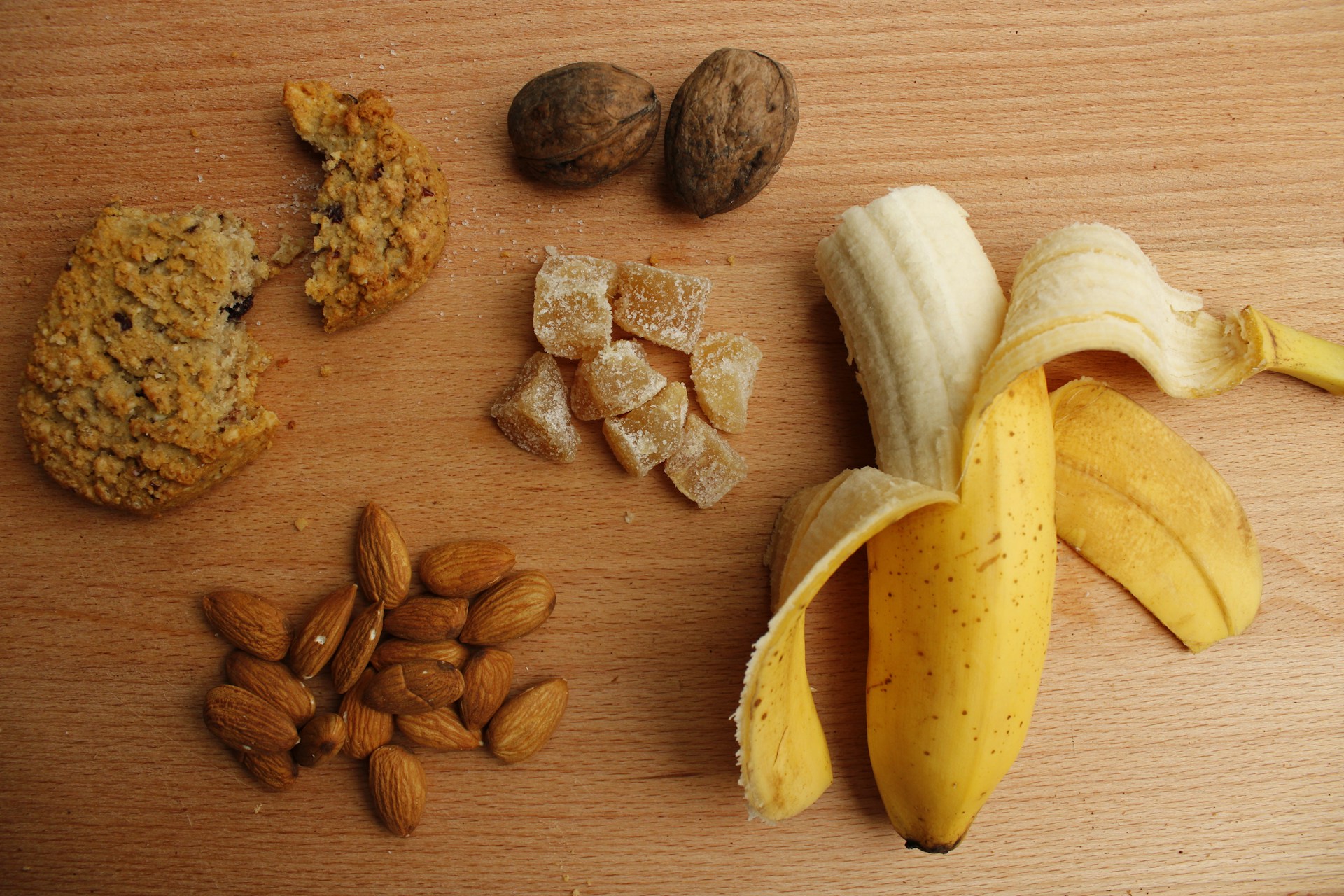Perhaps we’re in love with carbohydrates because they’re what we’re genetically most adapted to eating. Scientists from the University of Buffalo and Jackson Laboratory developed a groundbreaking study that disclosed how the early humans’ ability to digest starch rich foods depends on the duplication of the AMY1 gene, which helps breakdown starches into simpler sugars. The researchers believe that this is an evolutionary trait that can help explain why humans, today, have such a strong attraction to carbohydrate laden foods such as bread and pasta.
“Individuals with higher AMY1 copy numbers were likely digesting starch more efficiently and having more offspring,”
explains Dr. Omer Gokcumen, one of the leading researchers at the University of Buffalo. This gene duplication, which increased significantly after the advent of agriculture around 12,000 years ago, may have given early farmers an evolutionary advantage as they switched from a hunter-gatherer lifestyle to farming, where starchy crops like wheat and barley became dietary staples.
Feyza Yilmaz, an associate computational scientist at Jackson Laboratory, emphasizes the broader implications of these findings.
“Given the key role of AMY1 copy number variation in human evolution, this genetic variation presents an exciting opportunity to explore its impact on metabolic health and uncover the mechanisms involved in starch digestion and glucose metabolism,”
This research bridges ancient DNA and contemporary metabolic health with a critical connection to understanding the genetic to nutritional to disease state implications of diseases like obesity and diabetes.
But studying ancient DNA, they found that even pre-agricultural humans had a number of copies of the AMY1 gene, which is responsible for the production of a hormone secreted in response to starch, and that farming communities had increased the number of copies significantly in the past 4,000 years. Dr Charikleia Karageorgiou, one of the lead authors of the research, told AFP, according to
“The amylase locus became unstable, creating new variations, allowing humans to evolve with the ability to digest starch more efficiently over time.”
This ongoing adaptation demonstrates how humans have continued to evolve in response to dietary changes.
With future scientists continuing to look into the incredible ways our ancient DNA impinges on our modern lives, we don’t know what the next steps will bring with respect to how these genetic traits play out in metabolic health today. For now, it’s obvious that there’s more to our carb cravings then simply indulging modern diets- they’re a legacy past them down for over a few miles.

Hassan graduated with a Master’s degree in Chemical Engineering from the University of Chester (UK). He currently works as a design engineering consultant for one of the largest engineering firms in the world along with being an associate member of the Institute of Chemical Engineers (IChemE).



